The following destinations range from half day to very long day trips from Bangkok.
AYUTTHAYA
used to be the largest and main city in Thailand before Bangkok. Its located about 90 minutes north of Bangkok by bus (via the Mo Chit bus station) or about 2 hours by train from the Hua Lampong train station in Bangkok. It is well worth seeing if you have a day. It takes most of the day to see this city when you count your travel and visiting time.
This old city is a UNESCO World Heritage site; Ayutthaya was founded in 1350 and was at its pinnacle of power from the 14th through the 18th century. In 1767 the city was attacked and burned to the ground by the Burmese army – the residents fled and the city was never rebuilt. As a result today, Ayutthaya is a mix of ruins in both a restored and non-restored state. These ruins are not all in one location – as a result you have to take transportation between each of the ruins.
BRIDGE OVER RIVER KWAI (Death Railway)
in Kanchanaburi is located about 2 hours from Bangkok via mini van (often times longer with bad traffic). The best way to visit the bridge is via mini van leaving from the Mo Chit Bus Station. This station is about a 10-15 minute taxi ride from Chatuchak Market (Mo Chit Skytrain stop or the nearby metro stop). The station is very big and one will need to be uop for a walk to reach the appropriate van section within the station (go to van Terminal number 3). Many different van companies are located here – if you are approached by one whose departure time is not suitable – simply walk a bit further and find another van company with a better departure time. The vans tends to leave when full of passengers (usually 9-12 people). Allow most of the day for the to and from journey plus time exploring the sites of Kanchanaburi.
The vans will complete their journey at the small bus station in Kanchanaburi and from here it is about a 10-15 minute drive to the actual River Khwae Yai and the Death Railway Bridge (either take a taxi, motorcycle or Songthaew (shared vehicle). Transportation most likely will pass by the War Cemetery where the remains of nearly 7,000 POW’s who died during the construction of the railway are buried.
The part of the train track in Kanchanaburi is only one small section of the it’s entire run from Thanbuyuzayat Burma to Ban Pong, Thailand. Built during WWII by prisoners of war controlled by the Japanese Imperial Army. Tens of thousands of men died during its 16 month construction. Today at times the train tracks crossing the bridge are overwhelmed with tourists all jostling for that perfect selfie or photo of the bridge. Crossing the tracks here is somewhat challenging as there are many pitfalls with uneven metal surfaces and wooden timbers.
A small train still runs on this portion of the tracks – catering to tourists. One can walk all the way across the river on the train tracks. The views are nice but an additional bonus is most tourists don’t walk across the entire bridge – and it becomes much less crowded once you reach the mid point of the river. There are nice views from the base of the bridge on the river banks. Also a sizable temple here is worth a quick visit.
At first glance one may think the nearby Jeath Museum is misspelled or perhaps part of the letter D is missing and in reality should be called the Death Museum. But in actuality it is spelled correctly – Jeath referring to Japan, England, Australia, Thailand and Holland which were the countries where most of the POW’s came from who built the railway. This museum is built to be a replica of a POW camp – very dated with old exhibits it feels somewhat austere and rundown.
CHACHOENGSAO
Less popular then the Damnoen Saduak Floating Market is the still very cool Bang Khla Floating Market located on the outskirts of Chachoengsao (about an hour and 10 minutes drive from Bangkok). This market is only open on the weekends and select holidays.
This market comes alive around the lunch time hour – with hundreds of families sitting around enjoying the variety of foods that makes the Thai cuisine so intriguing. Giant prawns, BBQ fish, pad Thai, som Tum (papaya salad), giant cockles and lots of other various vegetables. Many of the vendors cook in small wooden dugout styled canoes.
Wat Paknam Jolo is entirely painted in a yellow gold color – both inside and outside.
Nearby Wat Paknam Jolo, hundreds of fruit bats nest in trees near the Bang Paking River. Be sure to climb a set of steps built among the trees for optimal viewing.
Wat Sothonwararam Worawihan or Wat “Hong” for short. This massive temple lies near the banks of the Bang Pakong River and is often well-attended even on weekday mornings. Plenty of vendors setup shop on the grounds selling various trinkets and religious souvenirs.
Wat Saman Rattanaram or the Ganesh temple, also along the river bank is well worth visiting. Huge colorful statues of various creatures/deities tower above the grounds including the very impressive large reclining Lord Ganesh. Colorful serpents overlook a large “lotus flower” floating in the river – you can “buy” a cup of coins and walk in a circle placing one coin at a time in metal jars as an offering.
KHAO YAI NATIONAL PARK
This national park is located in the hills/mountains north east of Bangkok. Travel by car can take anywhere from 3 to 4 hours+ from Bangkok depending on specific destination due to the size of this park. The park contains many hiking and biking trails, caves with bats, and numerous waterfalls including Haew Suwat Waterfall, the one made popular in the movie The Beach. Popular in rainy season for swimming when the streams are full of water which generally lasts from May through October. Dry season is November through February – March through April tend to be the warmest months.
This was Thailand’s first national park and the country’s third largest. A major destination for wildlife enthusiasts. Also home to a number of Indian elephants (we’ve seen them crossing the roads before and feeding off in the distance – in 6 trips to the park, we’ve seen elephants twice), bears and deer among other animals. Birders take note, the park contains one of Thailand’s largest population of hornbills.
Tigers used to roam this part of the country but now are relegated to the nearby Thap Lan and Pang Sida National Park although a wildlife corridor may allow them to cross between the parks in the future.
There are two primary entrances to the park, one in the north and one in the south. Foreigners are charged significantly more then Thai’s. Entrance fee at last check for foreigners was 400 baht. Most of our trips to the park have been via private vehicle, with limited access to highlights within the park, it may make most sense to signup for a tour with one of numerous tour operators offering trips to the park. For more information or to book a trip to Khao Yai National Park, visit the official national parks page: www.thainationalparks.com/khao-yai-national-park
NEARBY KHAO YAI NATIONAL PARK
One can spend most of their day around Khao Yai in “Italy”. Palio Village is a Italian styled shopping complex extremely popular for those taking selfies and other photographs in addition to the cute boutique shops. Can be extremely busy on the weekends. An unusual feel to be walking through this complex in Thailand but with a pseudo faux feel of being in Italy!
On Highway 304 a major shopping complex (The Verona at tub lan) somewhat modeled after Verona offers additional shopping and eating options (along with the Castelvecchio Bridge and other roughly modeled landmarks from that historical Italian city. The highlight is the bridge leading across the water – family activities are also available including a petting zoo located towards the back of the property. Plenty of parking on site.
Dasada Flower Park is located on the way to Khao Yai about 2.5 hours from Bangkok and features a wide variety of flowers including many orchids. Also has a small floating market – vendors are not in boats but rather on a fixed platform. A nice aviary with some very colorful birds including many peacocks. Beautiful bathrooms. The luxurious Dasada Resort is located right next to the flower park.
Flora Park or otherwise known as Faprathan Farm is located about 4 hours from Bangkok (near Khao Yai National Park) and is a showcase of many brightly colored flowers including a walkway that leads through a dazzling array of colors. A reasonable admission price is charged allowing visitors to wander at their leisure. Typically open from November until late February when the bulk of the flowers are blooming.
A cafe sits above the main part of the park looking down at the flowers – inside a variety of products are sold including ice cream, fruit juices and raisins harvested from nearby table grape vineyards.
A second park about 900 meters walk from this one (with a similar admission fee) features some 2,000 English rose bushes (a brilliant site when they are in bloom). Two other Faprathan Farms are located within short drives of the Flora Park including Faprathan Farm number 2 which sells several agricultural products when in season including Longans and table grapes (both are in season in mid to late January/early February).
PATTAYA
is slightly over a 2 hour drive from Bangkok and is easily accessible via good motorways (Highway 7 and Highway 3 – about 150km from Bangkok). Alternatively, visitors can get to Pattaya by bus – leaving from the Eastern Bus Station – very close to the Ekkamai Skytrain stop.
Pattaya has a reputation for a nightlife that features crazy sex starved individuals (and perhaps those who visit to see these people); there is certainly a part of this statement that rings true – especially on the ‘walking’ street in central Pattaya (the famed red-light district). With that said, the several times we have visited we’ve always seen some families with children walking this street in the more early hours. The walking street is closed to traffic in the evening.
There are also a number of resorts along the coastline in and around Pattaya. We have stayed at the low key and relaxed Sugar Hut before – more of a traditional style resort rather then a modern western style one.
WAT SAMPRAN DRAGON TEMPLE is located about 60 to 90 minutes due west of central Bangkok. One can take the Skytrain all the way to Bang Wa (and maybe a few stops beyond that as the Skytrain continues to expand westward on the Sukhumvit route) and from the final eastern Skytrain stop, catch a taxi the final distance. As one approaches this giant temple, one sees it from afar – a large dragon encircling a tall circular pink building, towering 80 meters above the nearby neighborhoods. This temple was built in the 1960s.
A parking lot is available near its base – often nuns dressed in white are on site. Note the signs in both Thai and in Burmese – as a number of people from Myanmar worship here. One can pickup red cloth and write their name on it from one of the nuns near the bottom of the building. Bring these with you to the top. One reaches the top by walking in the hollow part of the dragon’s body – concrete and sloping as it circles around the main building, there are no steps. It can get very hot in here and a number of fans are strategically placed to help with airflow. Walking inside this ‘tube’ – due to its enclosed space and lack of windows, one has no idea they are descending the outside of a very tall building. If you walk beyond the main entrance towards the dragon’s tail soon you will trip an alarm which is very noisy.
When you reach the top, it is good luck to tie a red ribbon with your name written on it – near the dragon’s tongue. Hundreds of others have also made this pilgrimage to do so based on all the red ribbons fluttering in the breeze (including wrapped around the metal rails circling the top). Excellent views in all directions from the top – and somewhat surprising, is there is still quite a bit of rural space here – as this is far enough removed from Bangkok.
And while the Dragon Temple is the primary highlight of a visit here, another highlight worth noting is the giant turtle. How often can you walk into the belly of a turtle?! And a giant sitting golden Buddha is also worth visiting.
Fresh coconuts are often sold near the entrance to the temple – according to the nun we visited with, these are harvested from nearby coconut trees. During our visit we saw several tour vans pull in depositing a number of tourists.
WINE TASTING.
There are four wineries located along the Khao Yai Wine Trail – all between approximately 2.5 to 4 hours drive from Bangkok. As of our latest update to this guide, there are only 6 wineries in all of Thailand.
Alcidini Winery is highly worth visiting – family operated by a husband and wife and their son Tony. Tony’s father is an electrical engineer by trade but took up winemaking several decades ago – a hobby early on but now a full fledged business with approximately 40 acres of which about 20 acres are under vine. Their most produced wine is from Shiraz but they also have number of other all red wine grapes on site as well as some table grapes. The name Alcidini comes from a particular type of kingfisher bird found in the area (an image appears on some of their bottles).
This is Thailand’s smallest winery; everything here is very much done by hand from the vineyard management among the terrace rows to the winemaking as well as bottling and labeling both of which they do by hand on site). Mostly sold in Thailand but they do have some limited distribution at select Thai restaurants in Singapore and Taiwan.
In addition to grapes, a several varieties of avocado trees grow on site, including a few cuttings taken from trees growing in Florida, USA. The owners speak English. Visitors are free to roam parts of the property on their own, including a walk across the mini Golden Gate Bridge, a nod to Tony’s time spent studying in San Francisco, California. Visit: www.alcidini.com
Granmonte Vineyards is a well-established winery in Asoke Valley and one of our favorite lunch stops. Along with the winery, they operate the Vincotto Restaurant (delicious Mediterranean cuisine) and a guesthouse.
GranMonte offers hourly tours on the weekends. Their vineyards are very well maintained. They grow a number of varietals including Chenin Blanc, Viognier, Shiraz and Cabernet Sauvignon. Harvest is in February although the grapes try to set a second crop but this is during the rainy season and the vineyard workers remove buds when they flower. Soils are shallow in the vineyard.
For those wanting to stay on site, GranMonte offers 8 private rooms in their guesthouse near the winery building. VinCotto is also a highlight of a visit. This indoor and outdoor restaurant serves up a variety of International dishes with a Thai twist. With Italian, Spanish and English music playing softly this is a romantic place for lunch.
GranMonte has earned International recognition recently including at competitions in London and Singapore. They are also distributed Internationally with select locations in the Maldives, Australia and Japan. Visit: www.granmonte.com
PB Valley Khaoyai Winery is located nearby offering various wines and non grape wine products. This is the oldest winery in the Khao Yai region. Features a small tasting room and gift shop.
Sweeties Vineyard sells delicious freshly picked table grapes right from the vine during parts of January and February. And for those who enjoy mulberry juice and related products visit the tranquil nearby Maemon Farm.
- Sweeties Vineyard, Table Grapes
- Vines loaded with delicious table grapes
- Maemon Farm Mulberry Trees
- Maemon Farm Mulberry products

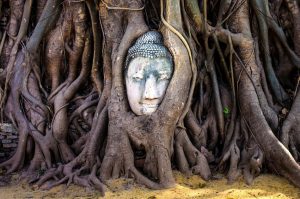
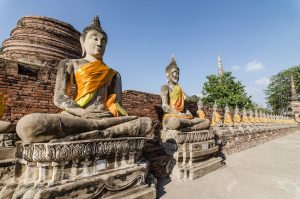
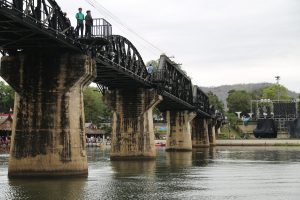








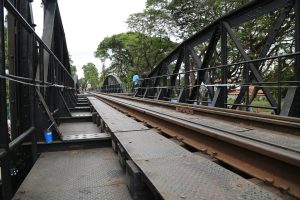

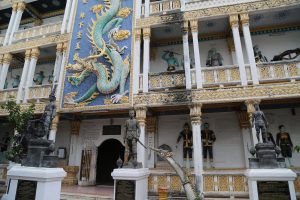




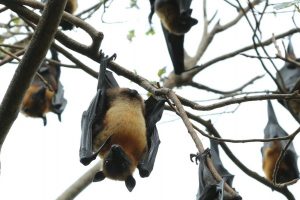
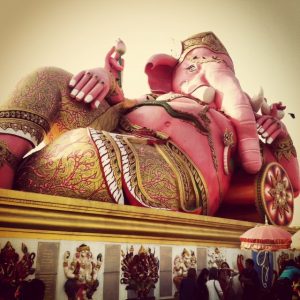
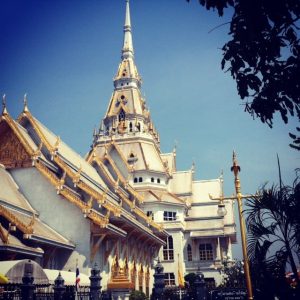


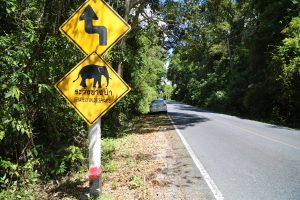



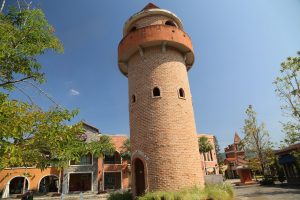
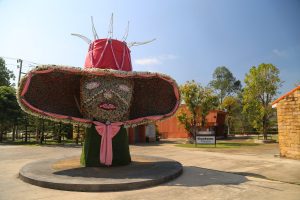



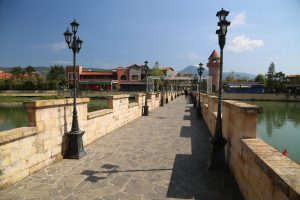





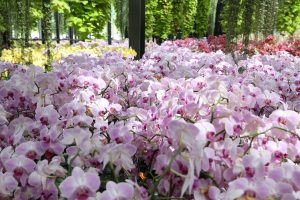

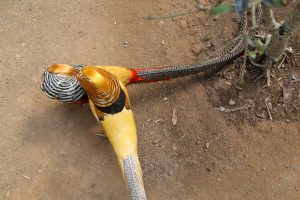






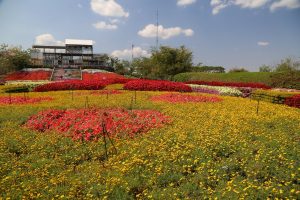

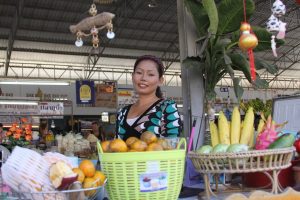
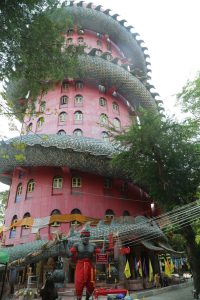


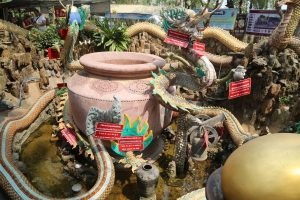
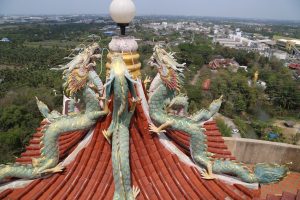


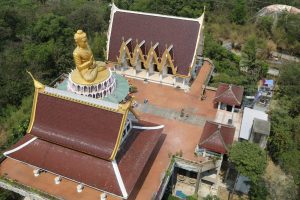


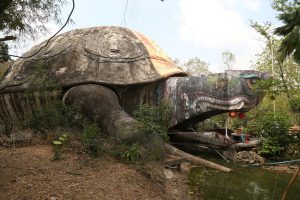
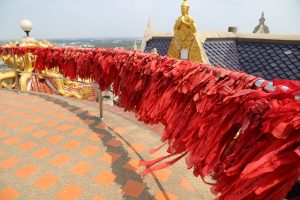
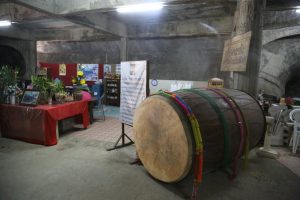
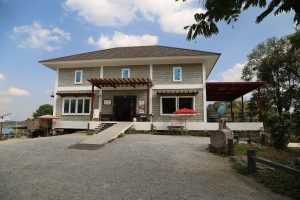


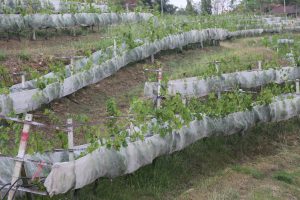

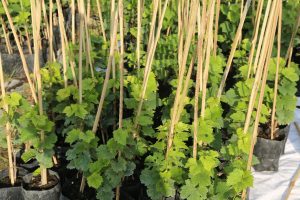
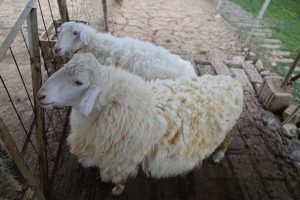
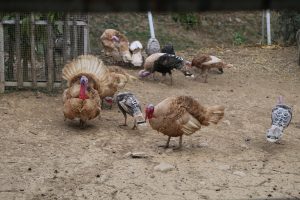




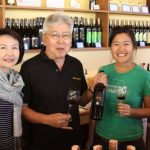
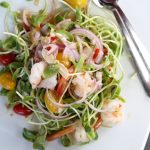
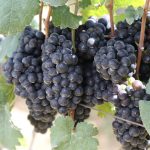



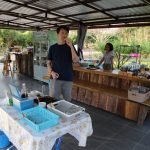

Leave a Reply